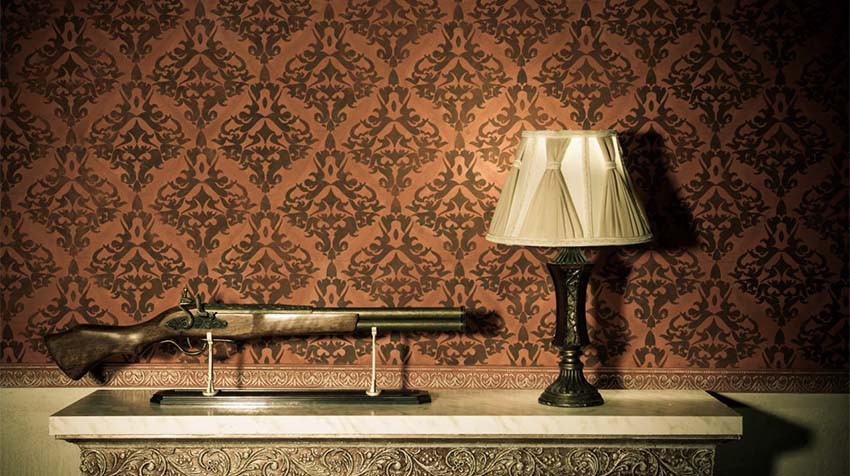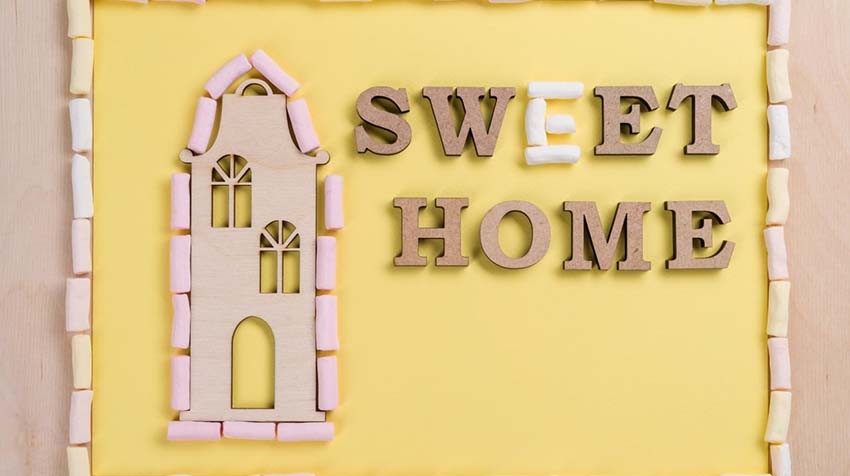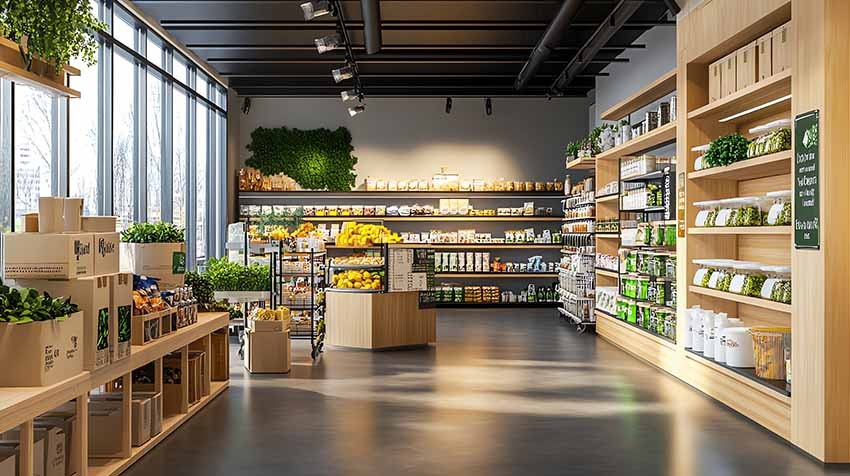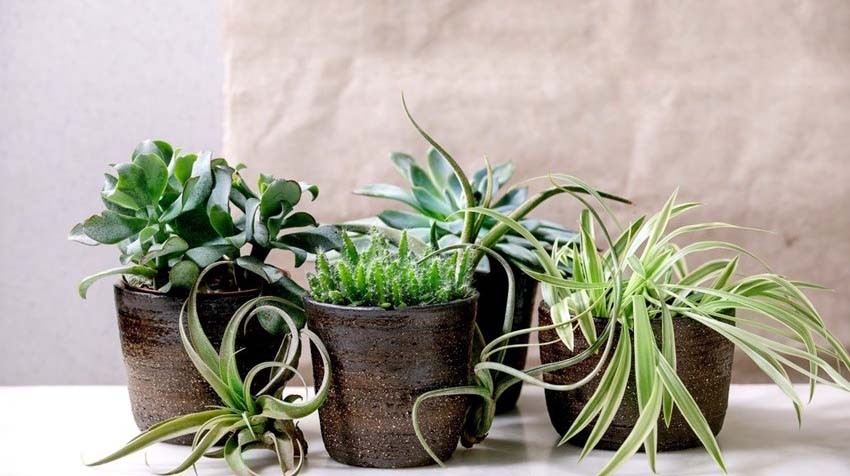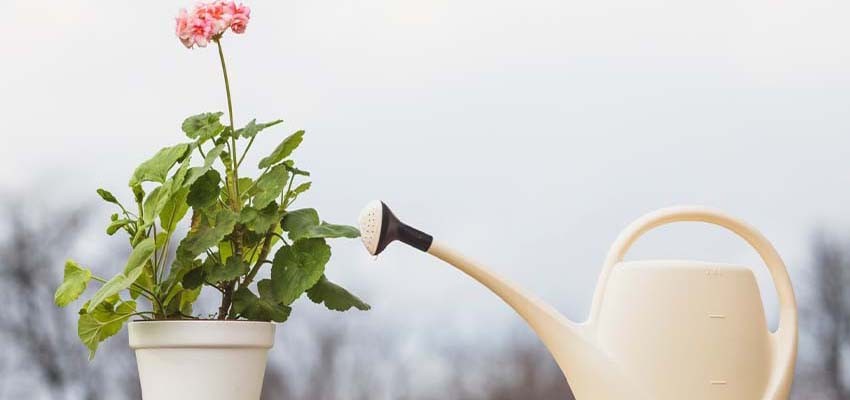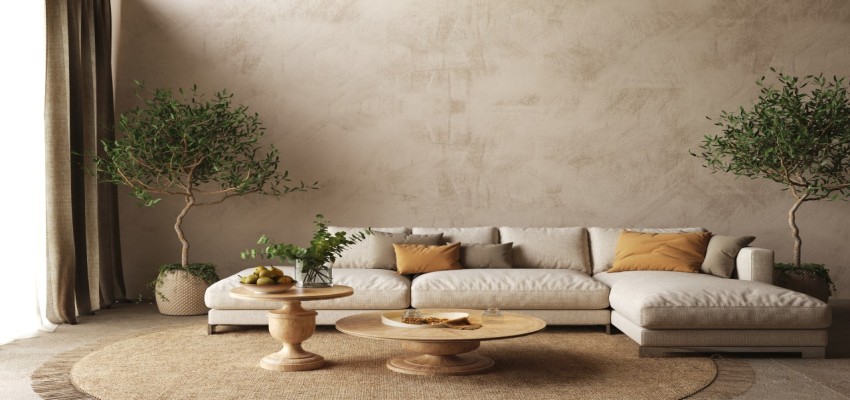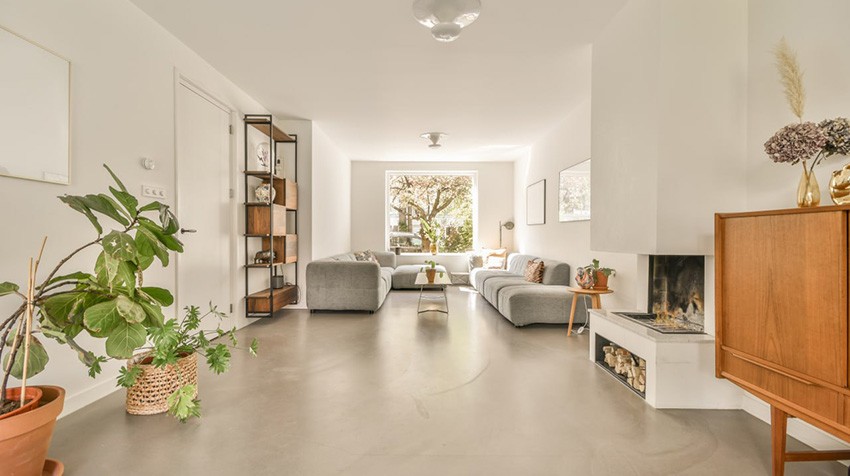
The Ultimate Guide to Selecting the Perfect Tiles for Your Home
Choosing Tiles the Smart Way
Tiles are one of the most significant decisions in home design. They influence the look, feel, and functionality of a space. The right tile choice enhances durability, minimizes maintenance, and ties your interiors together beautifully. The wrong choice? It can lead to constant cleaning struggles, slippery hazards, or premature wear. This guide breaks down everything you need to know to choose tiles that are both stylish and practical for your home.
Understanding Tile Types & Materials
Ceramic Tiles
Pros: Affordable, wide variety of colors and styles, easy maintenance.
Cons: Less durable than porcelain, can chip easily.
Best For: Walls, low-traffic areas, and decorative spaces.
Porcelain Tiles
Pros: Highly durable, water-resistant, low maintenance.
Cons: Slightly more expensive than ceramic.
Best For: Floors, high-traffic areas, bathrooms, and kitchens.
Vitrified Tiles
Pros: Extremely strong, scratch-resistant, ideal for heavy footfall areas.
Cons: Limited design variations.
Best For: Living rooms, hallways, commercial spaces.
Natural Stone Tiles (Marble, Granite, Travertine, Slate)
Pros: Luxurious look, durable, unique patterns.
Cons: Requires sealing, higher maintenance, expensive.
Best For: Luxury bathrooms, outdoor areas, high-end flooring.
Mosaic Tiles
Pros: Excellent for backsplashes and feature walls, endless design possibilities.
Cons: Can be expensive and difficult to install on large surfaces.
Best For: Bathrooms, kitchen walls, decorative elements.
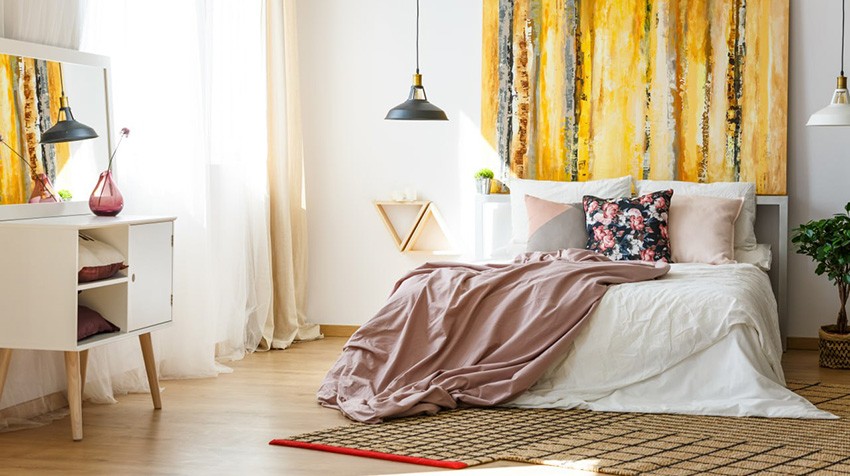
Choosing the Right Tile for Each Room
Different rooms have different needs. Selecting the wrong type of tile can lead to premature wear, difficult maintenance, or even safety hazards. Here’s what works best for each space:
Living Room & Bedroom:
Best Tiles: Porcelain, ceramic, vitrified, or wood-look tiles.
Why? These areas don’t endure heavy water exposure but still need durability and aesthetics.
Best Finishes: Matte or glossy, depending on the style you prefer. Wood-finish tiles add warmth and a cozy feel.
Kitchen:
Best Tiles: Porcelain, ceramic, or stone-finish tiles.
Why? Kitchens face high foot traffic, spills, and stains. Porcelain and ceramic tiles are easy to clean and don’t absorb moisture.
Avoid: Polished tiles – they can be too slippery when wet.
Pro Tip: Choose darker or patterned tiles to hide stains and smudges.
Bathroom:
Best Tiles: Anti-skid ceramic, porcelain, or textured natural stone.
Why? Water-resistance is key. Anti-skid properties ensure safety.
Avoid: Glossy tiles – they are slippery and dangerous.
Balcony & Outdoor Spaces:
Best Tiles: Stone-finish porcelain or natural stone.
Why? These surfaces provide a natural look and can withstand weather conditions.
Avoid: Glossy and polished tiles – they wear out quickly outdoors.
Hallways & High-Traffic Areas:
Best Tiles: Vitrified tiles or natural stone.
Why? These areas experience more wear and tear, requiring highly durable tiles.
Best Finishes: Matte or semi-polished for an elegant yet durable look.
Reducing Waste: Measuring the Right Tile Size
To minimize waste, measure your space correctly:
1. Measure the length and width of the area.
2. Multiply to get the square footage.
3. Add 10-15% extra for cuts and breakage (especially for diagonal or complex patterns).
4. Use larger tiles for fewer cuts and minimal waste.
Calculate the Cost
To avoid overspending, follow these steps:
1. Calculate the exact number of tiles required, adding 10% for wastage.
2. Set a budget considering tile cost, adhesive, grout, and labor.
3. Compare tile materials to find a balance between affordability and durability.
4. Buying in bulk helps prevent mismatched replacements later.
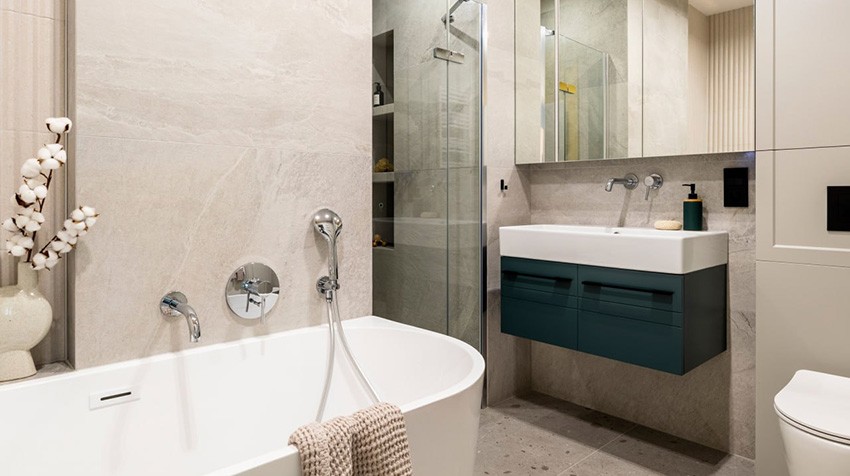
Choosing the Right Tile Pattern
Large Tiles: Make small rooms look bigger.
Diagonal Patterns: Add visual space but increase wastage.
Checkerboard: Classic, but difficult to align perfectly.
Wood & Stone Look Tiles: Modern technology allows tiles to mimic natural textures while being easy to maintain.
Geometric Patterns: Trendy and stylish, but require professional installation.
Secret Cleaning Tip: How to Clean Grout Effortlessly!
If you made it this far, here’s a pro secret for cleaning grout without scrubbing for hours:
Use a baking soda and vinegar paste!
1. Mix baking soda and water to create a paste.
2. Apply to grout lines and let it sit for 5-10 minutes.
3. Spray white vinegar over it (watch it fizz!).
4. Scrub lightly with a brush and rinse – your grout will be sparkling clean!
Make an Informed Choice!
The right tile selection transforms your space, making it stylish and functional. Whether you prioritize durability, budget, or aesthetics, choosing the right material and pattern ensures a home that looks stunning and stands the test of time. Measure smart, budget wisely, and pick the perfect tile for each space.
Ready to tile up your dream home? Happy decorating!



